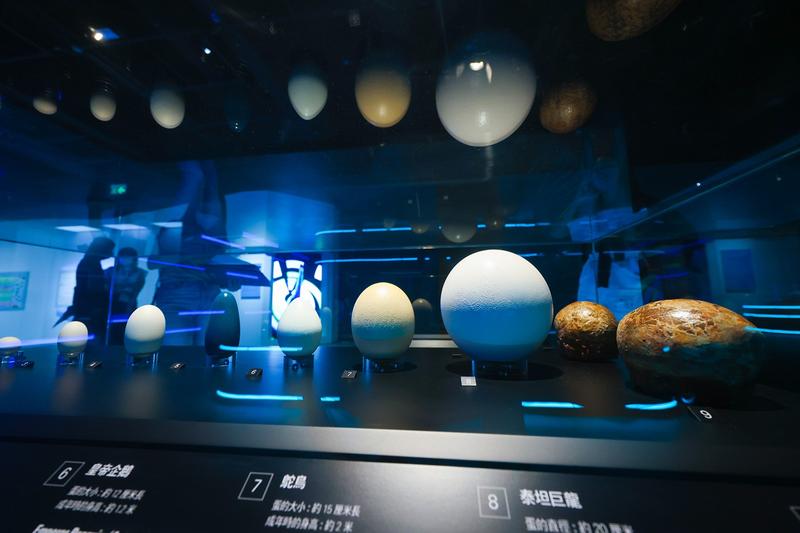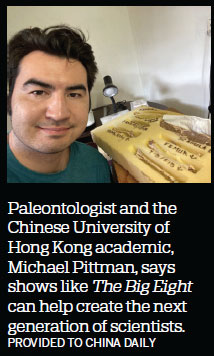Dino mania
Eight highly prized dinosaur fossil skeletons are grabbing the audience's attention at the Hong Kong Science Museum. Vasavi Seethepalli reports.


Terribly different
Dinosaur fossils were officially recognized as such (as opposed to being taken as the remains of some terrifyingly large, extinct reptile) relatively recently. In 1842, the British scientist Richard Owen identified features distinctive enough to warrant categorizing the gigantic creatures under a separate taxonomic group. Owen named the group Dinosauria, meaning "terrible lizards" in Greek.

In the nearly two centuries since, almost 11,000 unique dinosaur fossils have been unearthed across the planet, while the "terrible lizards" have exploded in popular imagination.
"Dinosaur exhibitions like The Big Eight inspire interest in science and help to create the next generation of scientists. Museums have been a big inspiration for my own science career," says Michael Pittman, a dinosaur paleontologist at the Chinese University of Hong Kong's School of Life Sciences.
Dinosaur species are named after their unique characteristics. "A paleontologist would need to show that (a newly discovered species) is distinct from other dinosaurs, including those that look similar to it," explains Pittman. He adds that certain species are known from just a single incomplete fossil. The vast majority of dinosaur fossils are bones, but occasionally precious impressions of skin or feathers are also preserved.
























